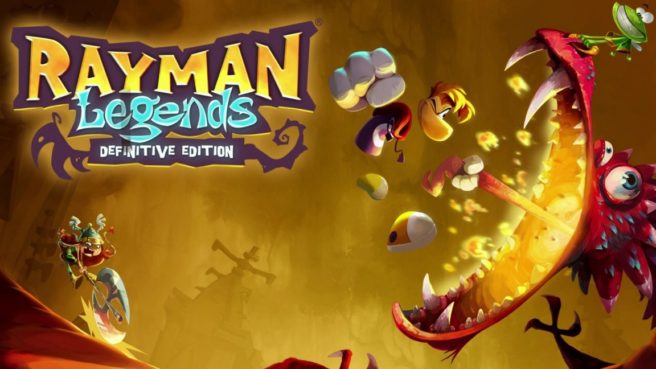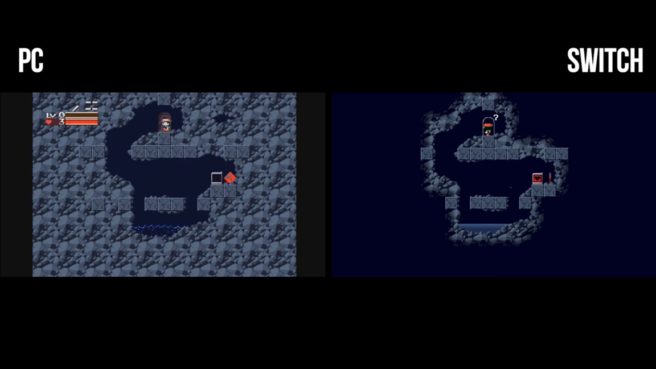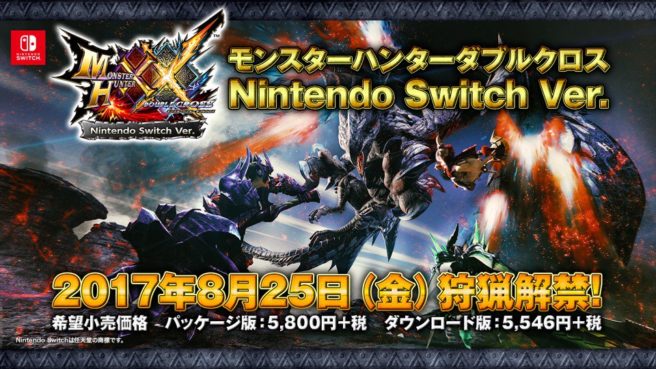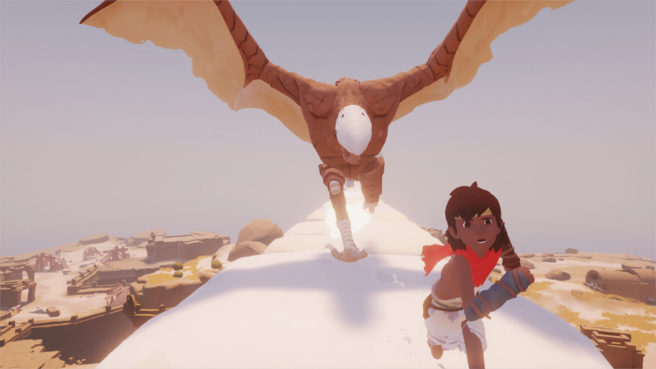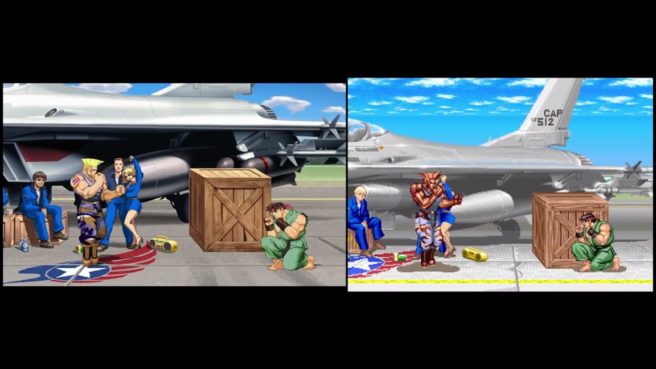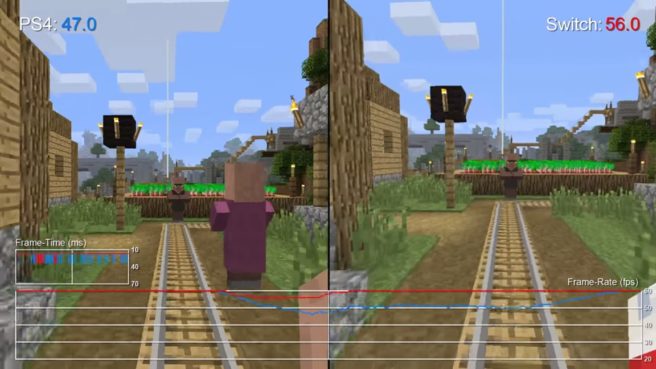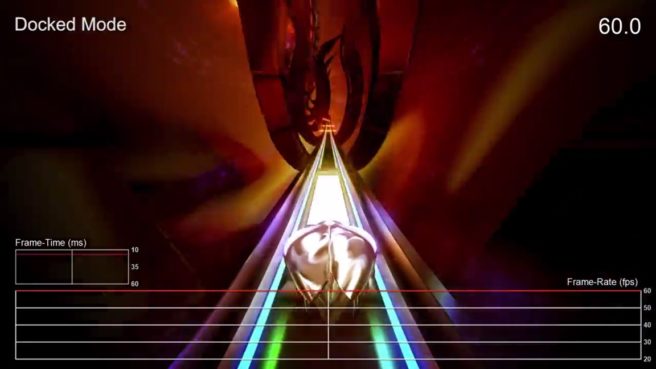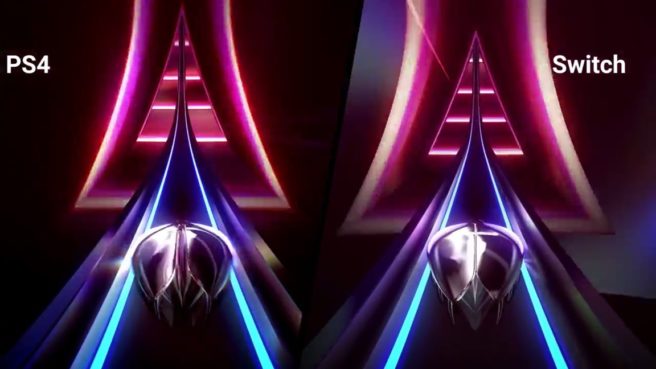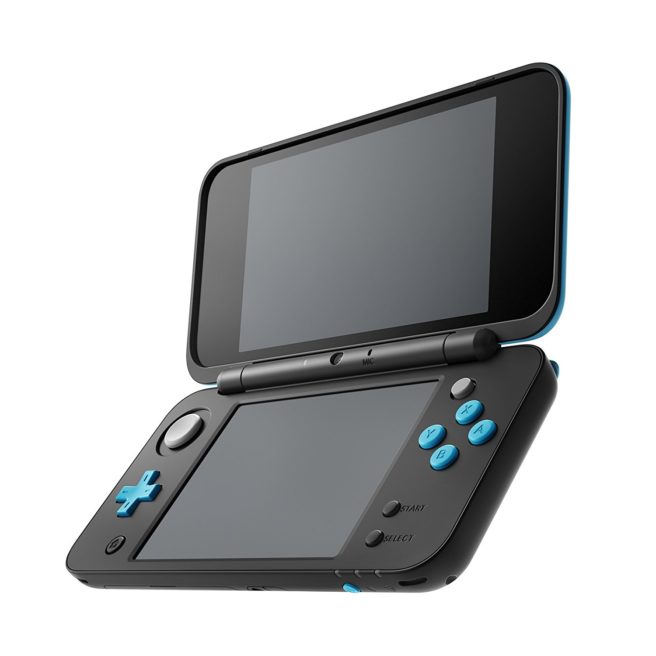Monster Hunter XX Switch vs. 3DS video comparison
Posted on 8 years ago by Brian(@NE_Brian) in 3DS, Switch, Videos | 7 Comments
A new video from Arekkz Gaming gives us a look at how Monster Hunter XX compares between the new Switch version and the 3DS original. Watch it below.
More: Capcom, comparison, Monster Hunter XX
Rayman Legends – Switch vs. Wii U comparison
Posted on 8 years ago by Brian(@NE_Brian) in Switch, Videos, Wii U | 8 Comments
With the Rayman Legends Switch demo coming out yesterday (and then being promptly removed), we’re able to see how the game stacks up to the original Wii U title. Unsurprisingly, the two are pretty much identical from a visual standpoint. Interestingly though, at least one enemy type has been changed. Get a look at the full comparison below.
Cave Story+ Switch vs. PC visual comparison
Posted on 8 years ago by Brian(@NE_Brian) in Switch, Videos | 16 Comments
A new Cave Story+ video is live showing how the new release on Switch compares to the PC version. Have a look at it below.
More: Cave Story, comparison, Nicalis
Monster Hunter XX – Switch vs. 3DS comparisons
Posted on 8 years ago by Brian(@NE_Brian) in 3DS, Images, Switch | 18 Comments
After coming to 3DS earlier in the year, Monster Hunter XX will now be gracing Switch in Japan. Capcom confirmed a late August release on Nintendo’s new console in Japan earlier today. To see how the two versions compare, take a look at some comparisons created by Gaijinhunter below.
More: Capcom, comparison, Monster Hunter XX
Rime – rough Switch vs. PS4 comparison
Posted on 8 years ago by Brian(@NE_Brian) in Images, Switch | 27 Comments
Nintendo showed off the first footage of Rime on Switch last week during a special indies episode of Nyannyan Neko Mario Time. Using gameplay from that video as well as a trailer from January, one fan put together a few rough comparisons for the Switch and PS4 editions. See how the two versions stack up below.
More: comparison, Grey Box, Rime, Six Foot, Tantalus, Tequila Works
Ultra Street Fighter II graphical style video comparisons (HD vs. classic)
Posted on 8 years ago by Brian(@NE_Brian) in Switch, Videos | 4 Comments
Update: Added in more comparison videos below.
Ultra Street Fighter II features two graphical styles in one that players can choose from. In the video below, Nintendo World Report compares the two with Guile’s stage.
Minecraft: Nintendo Switch Edition – docked vs. portable and PS4 comparisons, frame rate test
Posted on 8 years ago by Brian(@NE_Brian) in Switch, Videos | 8 Comments
Digital Foundry is back with another in-depth technical analysis. Minecraft: Nintendo Switch Edition is the focus this time around.
Minecraft does indeed run at 720p on Switch regardless of it being docked or undocked. However, 4J Studios once again confirmed to Digital Foundry that the team is looking into the situation and the game could see an increase to 1080p docked in the future with an update.
Thumper on Switch – PS4 comparison + docked / portable frame rate test
Posted on 8 years ago by Brian(@NE_Brian) in Switch eShop, Videos | 4 Comments
Digital Foundry has taken an in-depth look at the newly-released Switch game Thumper.
On Switch, it runs at a full 1080p docked and 720p handheld resolution as promised. It also maintains a steady 60 frames per second. Thumper may have lost some effects from the PlayStation 4 version, but many will likely be unaware that they’re missing in the first place. Digital Foundry also has high praise for the anti-aliasing used on Switch and the port overall.
Have a look at the full analysis below.
More: comparison, Drool, Thumper
Thumper Switch vs. PS4 comparison video
Posted on 8 years ago by Brian(@NE_Brian) in Switch eShop, Videos | 8 Comments
After previously launching on PS4, Thumper has now come to Switch today. Check out a video comparing the two versions below.
More: comparison, Drool, Thumper
New 2DS XL videos – screen test, comparisons, more
Posted on 8 years ago by Brian(@NE_Brian) in 3DS, Videos | 0 comments
A number of outlets have shared new looks at the New 2DS XL with various videos. These include a screen test, comparisons to other Nintendo systems, and much more. Continue on below for a roundup of the different videos.

